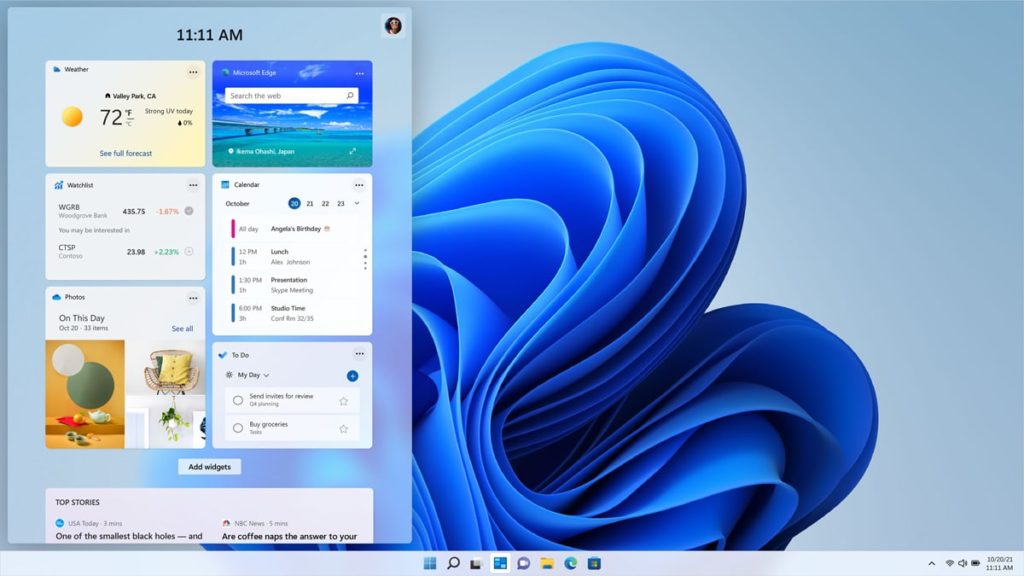Image: Microsoft
Windows 11 will allow users to enable a new refresh rate option called Dynamic Refresh Rate. As explained by Microsoft’s Ana Marta on the DirectX Developer Blog, Dynamic Refresh Rate will automatically and seamlessly switch between a lower refresh rate and a higher refresh rate based on what the user is doing on their PC (e.g., 60 Hz for email and other basic productivity tasks, but 120 Hz for inking, scrolling, and other tasks that benefit from greater smoothness and fluidity). The primary purpose of Dynamic Refresh Rate is to reduce power usage in laptops and extend battery life. Microsoft points out that this feature doesn’t apply to games, nor is it supported yet by all apps.
Smoother inking: Microsoft Office, Microsoft Edge, Microsoft Whiteboard, Microsoft Photos, Snip & Sketch, Drawboard PDF, Microsoft Sticky Notes, Adobe Acrobat, Adobe Illustrator...
Continue reading...
